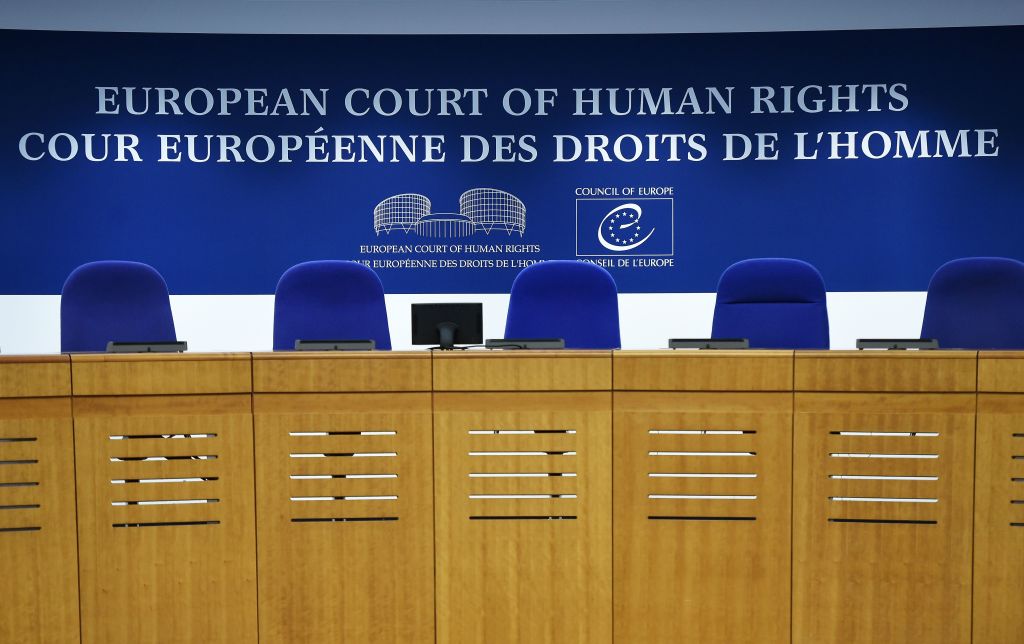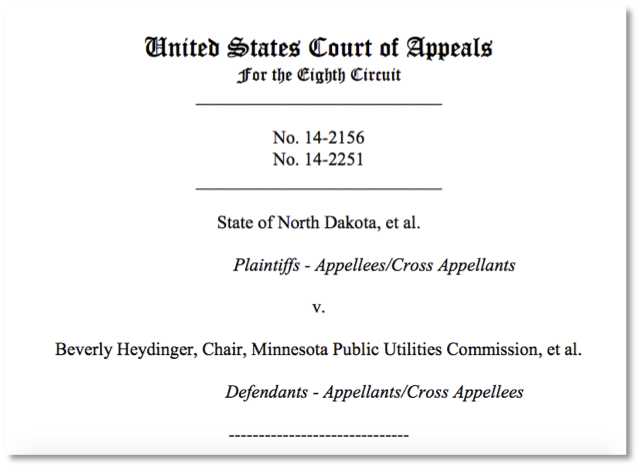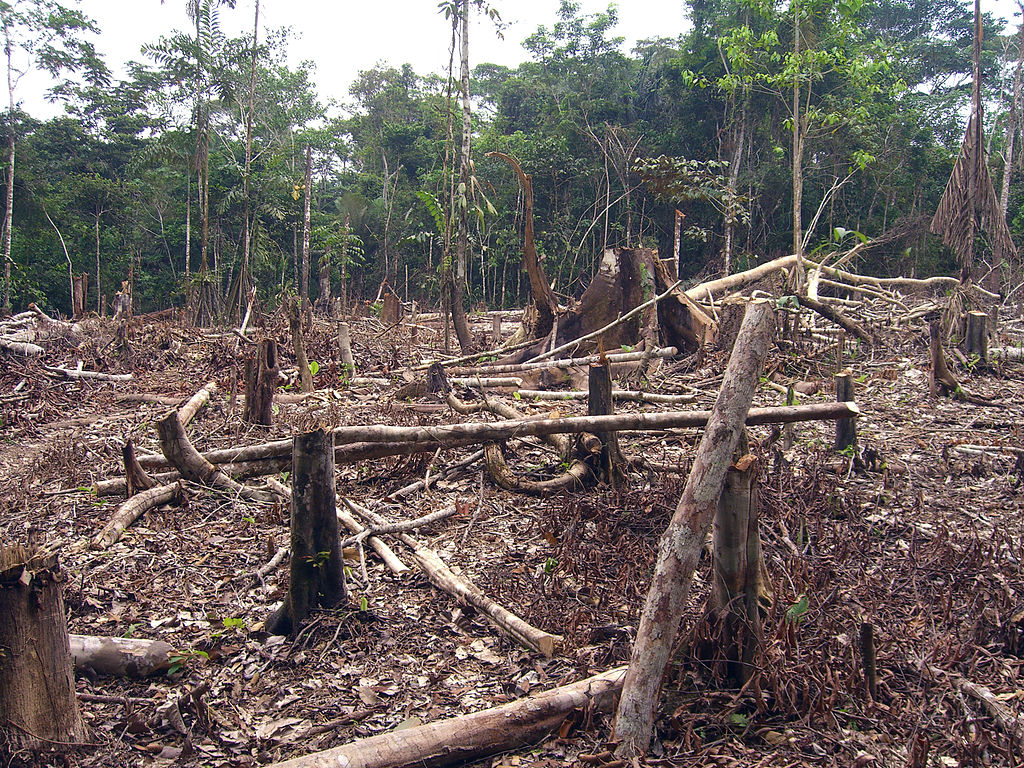
Across Europe, activists of all ages have taken to the streets to pressure their governments to take effective action against climate change. As domestic decision-makers failed them, they knocked at Strasbourg’s door. Three generations of right-holders turned to the European Court of Human Rights (ECtHR): senior women, young citizens, and a middle-aged ex-mayor. They complained about the past and current effects of climate change on their enjoyment of human rights, as well as the expected worsening of the climate crisis and its future effects on their rights. Expectations were high. Not only would the ECtHR deal with the nexus between climate change and human rights in the here and now but also for the future, including the thorny question of “intergenerational equity,” i.e., the duties owed today to individuals too young to have a voice, or even not-yet-born.
Did the ECtHR live up to these expectations? The answer is bittersweet. Some room was definitely given to future generations and intergenerational equity considerations—almost as a common thread through the cases (especially in Verein KlimaSeniorinnen Schweiz and Others v. Switzerland and, more incidentally, in Duarte Agostinho and Others v. Portugal and 32 Other States). At the same time, the April 9 rulings seem to have been heavily influenced by the ECtHR’s concern for preserving its own future and its refusal to become some sort of great global climate change court. While foreseeable, this compromise may have disappointed a few future generations aficionados. In this blog post, we briefly touch on the bitter and the sweet.
Future Generations in the April 9 Rulings: The Future is Not Now
The ECtHR made a decisive statement on the impact of climate change, not just on current generations, but future ones too. As it noted, while individuals currently alive already suffer from climate change, “it is clear that future generations are [also] likely to bear an increasingly severe burden of the consequences of present failures and omissions to combat climate change […] and that, at the same time, they have no possibility of participating in the relevant current decision-making processes” (KlimaSeniorinnen, para. 419). In the context of climate change, “intergenerational burden-sharing assumes particular importance both in regard to the different generations of those currently living and in regard to future generations” (ibid). This clear statement by the Court is most welcome. It is an important recognition by the key European human rights judicial authority of the importance of protecting future generations who cannot themselves participate in today’s decisive debates.
Beyond this symbolic statement, the Court also accounted for future generations in at least two ways. First, in KlimaSeniorinnen, the ECtHR justified granting legal standing to the applicant non-profit association partially on the basis of the necessity to guarantee that future generations do not suffer from an absence of timely reaction today. The ECtHR emphasized that “members of society who stand to be most affected by the impact of climate change” are “at a distinct representational disadvantage” (KlimaSeniorinnen, para. 484). Consequently, “collective action through associations or other interest groups may be one of the only means through which the voice of those at a distinct representational disadvantage can be heard and through which they can seek to influence the relevant decision-making processes” (KlimaSeniorinnen, para. 489). Second, the detailed and interventionist Article 8-related positive obligations imposed on Switzerland in KlimaSeniorinnen were designed with an eye to “avoid[ing] a disproportionate burden on future generations” (KlimaSeniorinnen, para. 549). For that very reason, the ECtHR declared that “immediate action” ought to be taken and “adequate intermediate reduction goals [ought to] be set for the period leading to neutrality” (ibid).
Hence, protecting future generations helped shape two major wins in the April 9 rulings: (i) the legal standing of non-profit associations and (ii) the positive obligations under Article 8. Still, this welcome development of the case law by no means constitutes a groundbreaking change in future generations’ legal situation. In fact, the greatest question of all remained unanswered as the ECtHR failed to rule on the victim status of young generations in Duarte—we will come back to this below.
One easily understands why future generations received only slender room in the April 9 rulings. To start with, these cases were never intended to be the panacea for all current and future generations’ fate in the face of climate change. The ECtHR remains, after all, only one among many actors with a potential role to play in addressing climate change. Plus, while it is hard to disagree with the argument that future generations deserve equitable treatment, it is easier to bicker over the practical implementation of this broad argument in the here and now.
The current debate on what to do about the interests of people not-yet-born is obscured by the impossibility of pinpointing whom exactly we are talking about when we talk about “future generations.” Generations are best understood as an endless, seamless chain rather than strictly separated categories. The principle of intergenerational equity underscores this understanding of human life as an endless cycle. This may be the principle’s main added value in the climate change litigation context. At any given time, three broad “generational groups” coexist: (i) youngsters, including all those who were just born; (ii) adults roughly through the age of retirement; and (iii) seniors. Interestingly, these three groups were represented in the three climate cases taken up by the Grand Chamber. Missing were future generations as such: the yet-to-be-born youngsters, adults, and seniors of tomorrow. One could argue that the Court tried to insert these yet-to-be born citizens back into the loop with the abovementioned considerations. However, their meager role in the rulings reflects the inner limitations of the exercise: the nature of the Court’s judicial function is, after all, “by definition reactive rather than proactive” (KlimaSeniorinnen, para. 481), and there is indeed no legal basis in the European Convention on Human Rights for protecting future generations against future risks. There is also the difficulty of ruling on intergenerational equity without discussing the fair distribution of responsibility between “the West” and “the Rest.” In other words, there were many complex legal questions around which the ECtHR had to make its way on April 9. In the remainder of this post, we argue that it did so with one obvious concern in mind: self-preservation.
Judicial Self-Preservation in the April 9 Rulings
In KlimaSeniorinnen, the ECtHR immediately set the tone. While the threat posed by climate change is real, so are the dangers of going beyond the permissible limits of evolutive interpretation of the Convention in climate change cases. The question is “no longer whether, but how, human rights courts should address” climate change matters (KlimaSeniorinnen, para. 379), while safeguarding the principle of the separation of powers, the role of the Court, and its sacrosanct subsidiarity. We could even venture that the Court’s own future was at stake on April 9 as it sought by all means possible to avoid becoming this heroic figure of a savior-like global climate change court.
The three April 9 rulings were each tainted by this objective of judicial self-preservation. One visible strategy used by the ECtHR to avoid becoming the global arbiter of climate change was to underscore the specificity of its review: as the ECtHR emphasized time and again, it was tasked with hearing specific claims brought by specific applicants, arising out of a specific set of facts, and based on a specific set of human rights protected in the Convention. Self-preservation concerns were also reflected in the ECtHR’s overall approach to these cases, which was extremely pragmatic and, at times, bordering on the cynical. For instance, under Article 34 of the Convention, the Court ruled that, since climate change affects an indefinite number of persons, to be granted victim status, one would have to showcase a need for protection more pressing than the need of one’s peers of the same generational group (KlimaSeniorinnen, para. 487). The ECtHR was also extremely rigorous when it came to avoiding actio popularis, which goes against the foundations on which the Convention system was built, though it appears to be the ideal avenue for protecting future generations’ interests.
All of this is unsurprising. The ECtHR operates within a defined system of rules and is understandably mindful of maintaining its relevance and legitimacy in already troubled times. Much of the criticism of the ECtHR relates to how the overall European human rights framework is built and should probably be addressed elsewhere. That being said, the ECtHR could have been more ambitious in dealing with future generations. The most striking illustration of the Court’s limited ambition in this matter relates to the victim status of representatives of the younger generation in Duarte. In its decision, the ECtHR decided simply not to address the individual applicants’ victim status, as it was a “complicated matter and that [the ECtHR] did not need to look at it” (paras. 229-230).
One might have hoped the ECtHR would have welcomed the opportunity created by Duarte to pave the way for other (domestic) adjudicators by expanding on how to assess the victim status of youngsters who suffer from the current effects of climate change and legitimately worry about its future effects, all the while being virtually deprived of a voice in the public sphere. Of course, the ECtHR was not strictly required to rule on their victim status in Duarte: it had already found the case to be inadmissible on the grounds of the non-exhaustion of domestic remedies, amongst others. But nothing prevented the ECtHR from addressing it nonetheless. Admittedly, no decision on youngsters’ victim status is probably preferable to a sparsely reasoned decision blankly denying them such status. Yet one cannot help but feel somewhat let down by the ECtHR’s refusal to deal with a thorny question of profound relevance to climate action because it is “too complex.” The somewhat counterintuitive consequence of this refusal is that future generations enthusiasts will have to dig into the case brought by a collective of senior women to find some guidance as to how the interests of future generations can and should be protected in European human rights law.
Concluding Remarks
To close this short post, we argue that the principle of intergenerational equity can be viewed as extending beyond just the direct relationship between current decision-makers and future right-holders. The principle also suggests that current decision-makers may have a responsibility not only to future citizens but also to future decision-makers. Accordingly, the principle of intergenerational equity can be understood to encompass the duties owed by today’s adjudicators, like the ECtHR, to the judges of tomorrow. This extended understanding of intergenerational equity is meant as a provocation. But we believe it is useful in that it highlights the continuity between generations (of decision-makers) and also because the sense of responsibility toward “colleagues not-yet-born” captured by the outstretched interpretation we propose is reflected in the April 9 rulings.
By recognizing the responsibility they have toward future individuals who will be standing in their shoes, current decision-makers are encouraged to adopt long-term perspectives and consider the broader implications of their actions beyond the immediate. This responsibility is echoed in numerous statements by the ECtHR in its rulings about how it understands its own role in European society and the world, and about the deference it believes it owes to domestic decision-makers on the one hand, and to its own past and future work on the other hand. In this light, the ECtHR has struck a pragmatic yet slightly cynical balance between the great demands it was faced with and the great responsibilities it owes to European citizens, to other institutions, and to itself.






